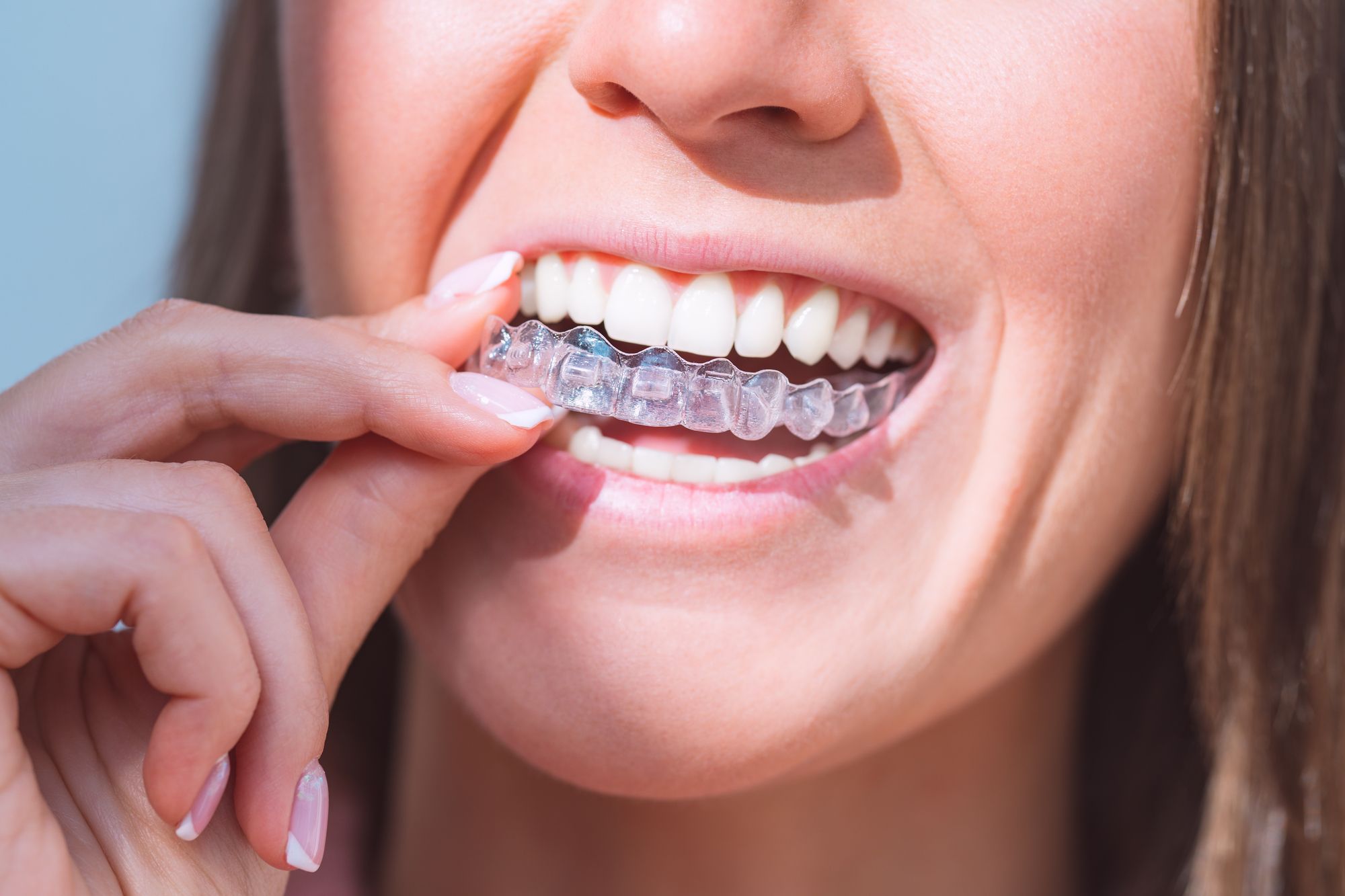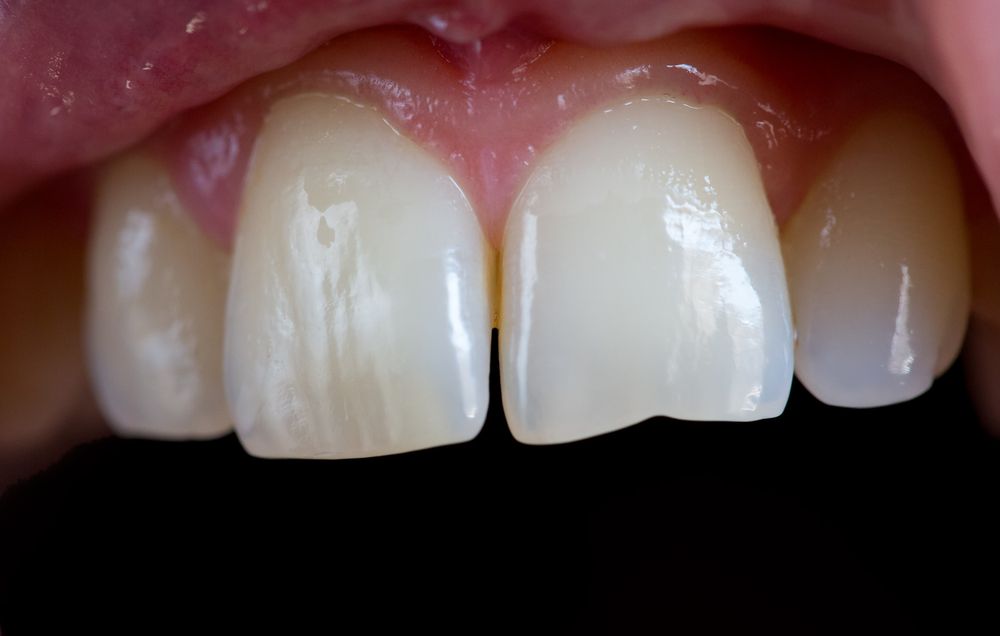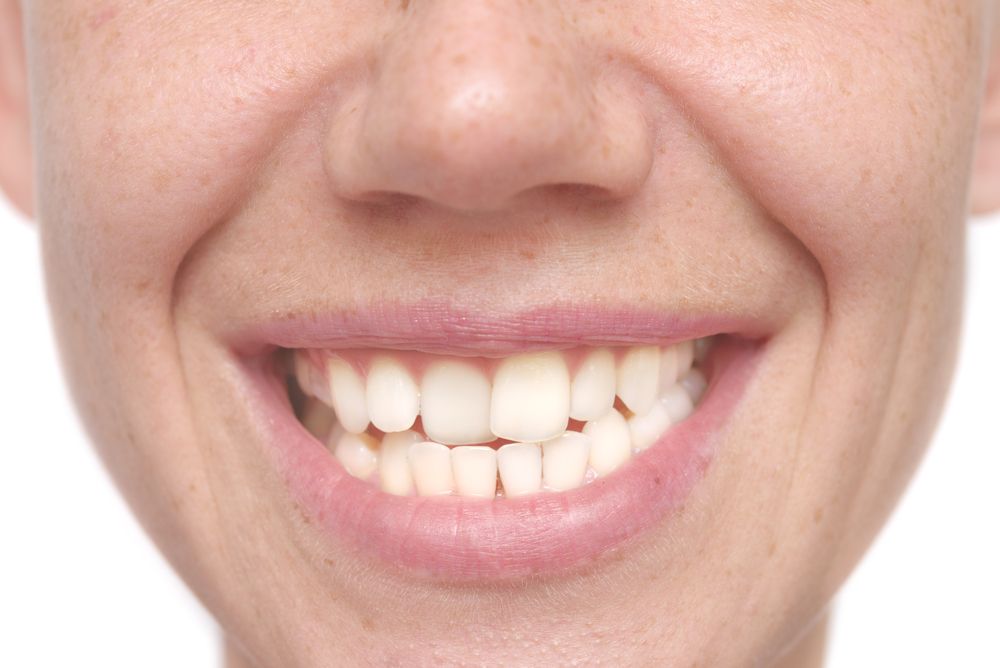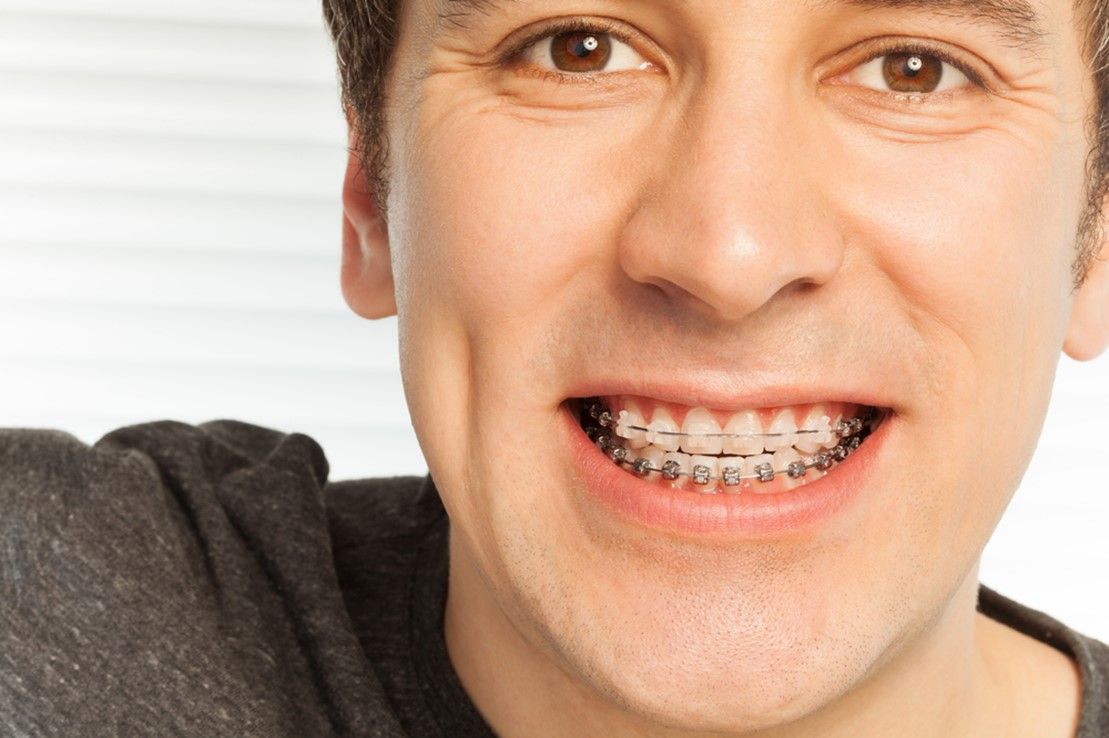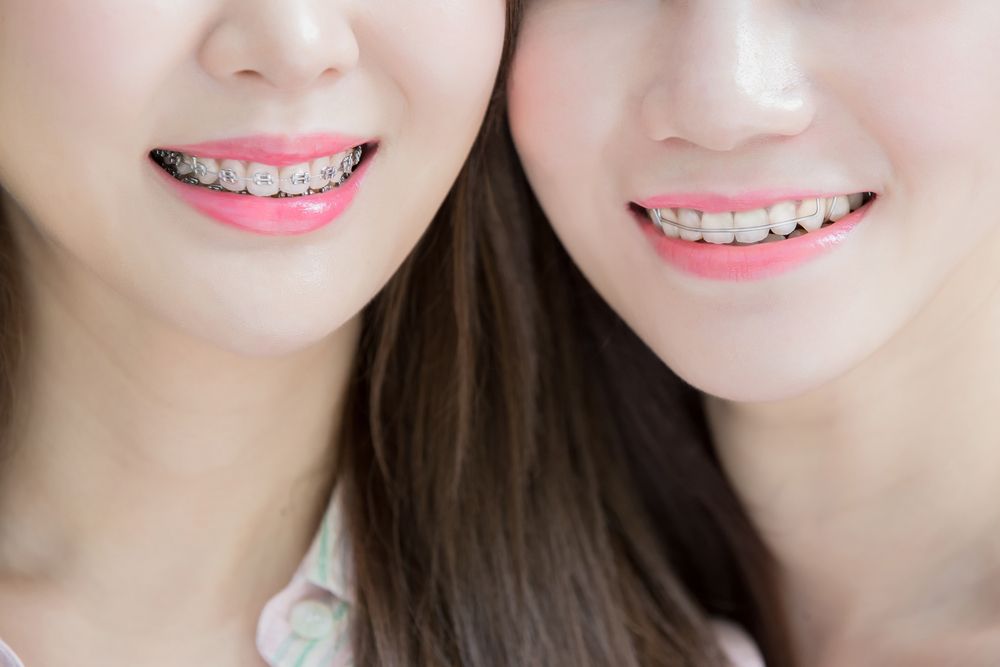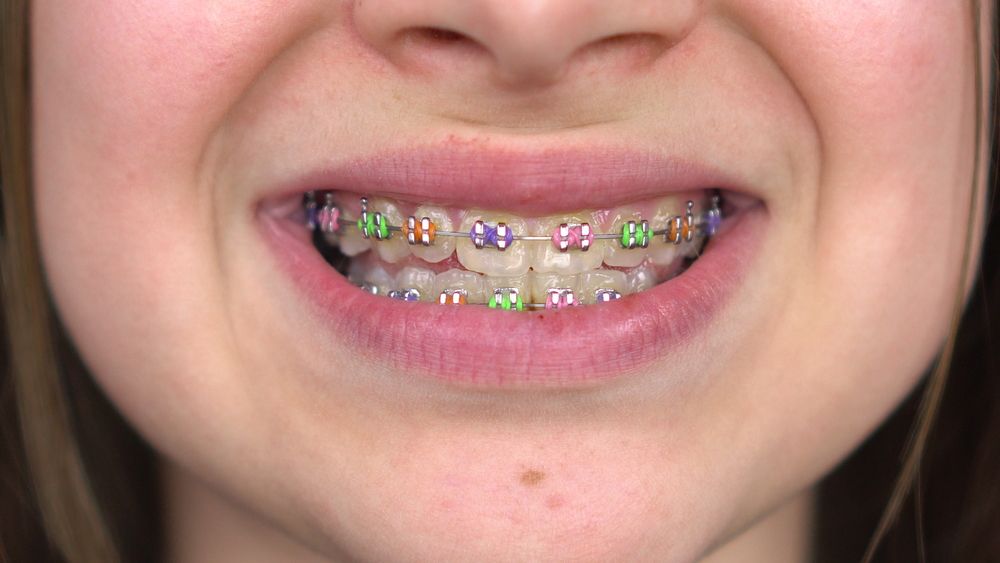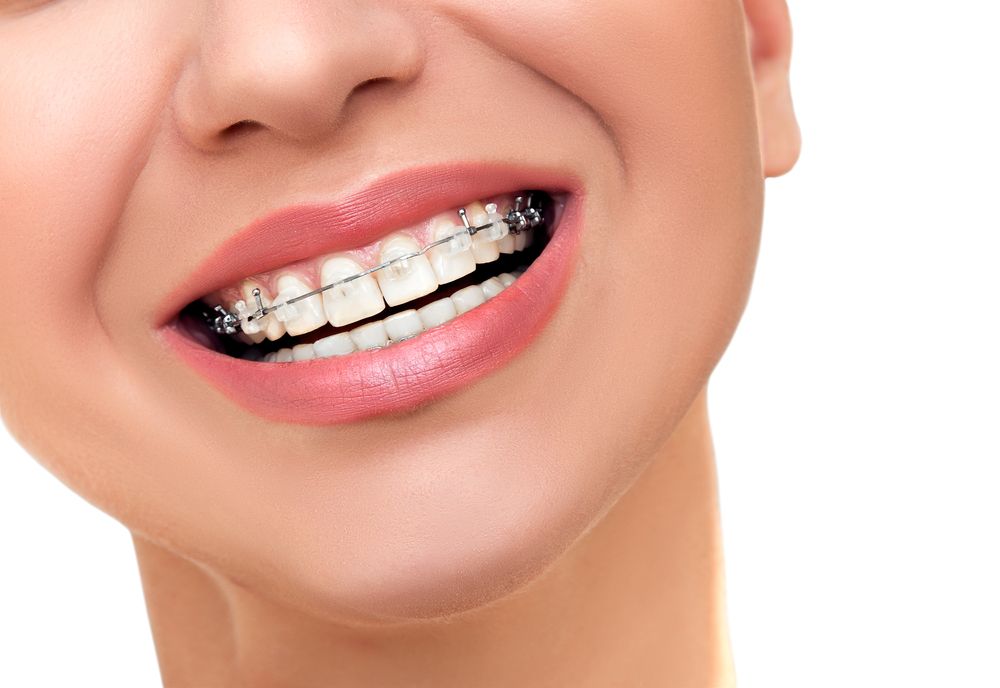The Smile Connection: How Cosmetic Dentistry Can Boost Your Mental Health
When we think about cosmetic dentistry, we often associate it with enhancing our physical appearance. However, the benefits of cosmetic dentistry (including orthodontics) extend far beyond aesthetics.
Do you want more from your smile? Cosmetic and orthodontic solutions exist to enhance your oral function and aesthetic, as well as your mental health. Contact Harmony Orthodontics in Tomball, TX, at (832) 699-3683 to learn more today!
Cosmetic dentistry can have a profound impact on one’s mental health. Indeed, it can boost one’s self-confidence, improve their self-esteem, and promote overall well-being. In this blog, we explore how cosmetic dentistry can positively influence your mental health.
Enhanced Self-Confidence
One of the most immediate and significant ways cosmetic dentistry affects mental health is by boosting one’s self-confidence. A bright, straight smile can make you feel more comfortable in social situations and help you put your best foot forward.
But, don’t just take our word for it. Studies suggest that when you’re confident about your smile, you’re more likely to engage in conversations, make new friends, and pursue professional opportunities with enthusiasm.
Improved Self-Esteem
Many individuals with dental imperfections (such as stained or misaligned teeth) may feel self-conscious about their appearance. But a beautiful smile can do wonders for their self-esteem.
Cosmetic dentistry procedures (such as teeth whitening, veneers, and orthodontics) can correct these issues, leading to improved self-esteem. When you feel good about yourself, you’re more likely to take on challenges, set higher goals, and enjoy a more fulfilling life.
Reduced Social Anxiety
For some people, dental imperfections can lead to social anxiety. This may cause them to avoid social gatherings or even hide their smiles due to embarrassment.
Cosmetic dentistry can help alleviate this anxiety by providing a solution to their dental problems. As a result, individuals are more inclined to participate in social activities, build stronger relationships, and enjoy a more active social life.
Positive Impact on Mental Health Disorders
Cosmetic dentistry can also have a positive impact on individuals dealing with mental health disorders, such as depression and eating disorders. These conditions often manifest in behaviors that harm oral health, such as neglecting dental hygiene or engaging in unhealthy eating habits.
Addressing dental issues through cosmetic dentistry can encourage better self-care habits and contribute to a sense of control over one’s life. This can be particularly beneficial for those battling mental health challenges.
Long-Lasting Happiness
Cosmetic dentistry can provide lasting happiness, as the results are often permanent or enduring. Unlike temporary fixes (such as quick-fix diets or fashion trends), a beautiful smile achieved through cosmetic dentistry remains a source of satisfaction for years to come.
Orthodontic Cosmetic Dentistry Near Tomball, TX
From enhancing self-confidence and self-esteem to reducing social anxiety and providing a sense of satisfaction, the benefits of aesthetic dentistry are profound. If you’ve been considering treatments to enhance your smile (like Invisalign®), then it’s time to contact Harmony Orthodontics in Tomball, TX. Our team can help you choose treatments that benefit your mouth, body, and mind.
Schedule a consultation online here, or give our team a ring at (832) 699-3683 to learn more today!



